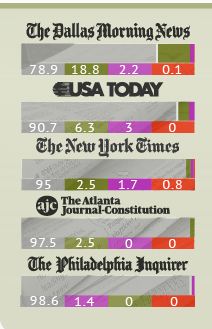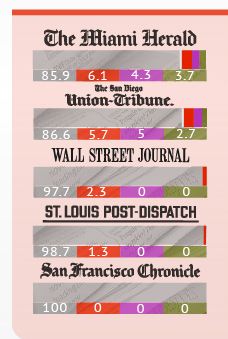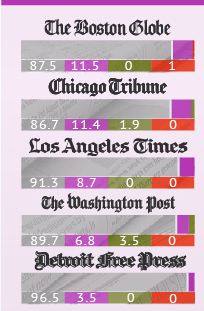I have just what you were wishing for: an overview of the electoral college. Yooooor welcome.
Also from CGP Gray:
- A Case Against the Penny
- What the Bleep is the United Kingdom?!
- The Economics of Royalty
- The Social Construction of the Continents
Lisa Wade, PhD is an Associate Professor at Tulane University. She is the author of American Hookup, a book about college sexual culture; a textbook about gender; and a forthcoming introductory text: Terrible Magnificent Sociology. You can follow her on Twitter and Instagram.




















